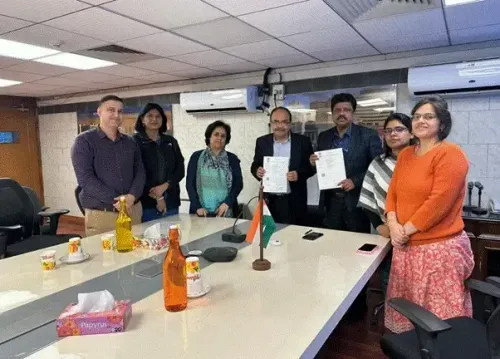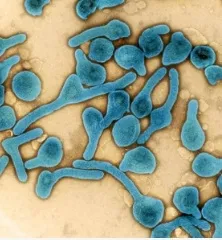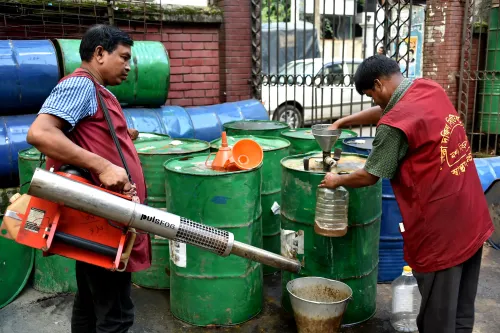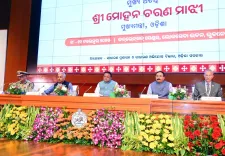How Much Has the Government Spent on Zoonotic Disease Prevention in FY 25?
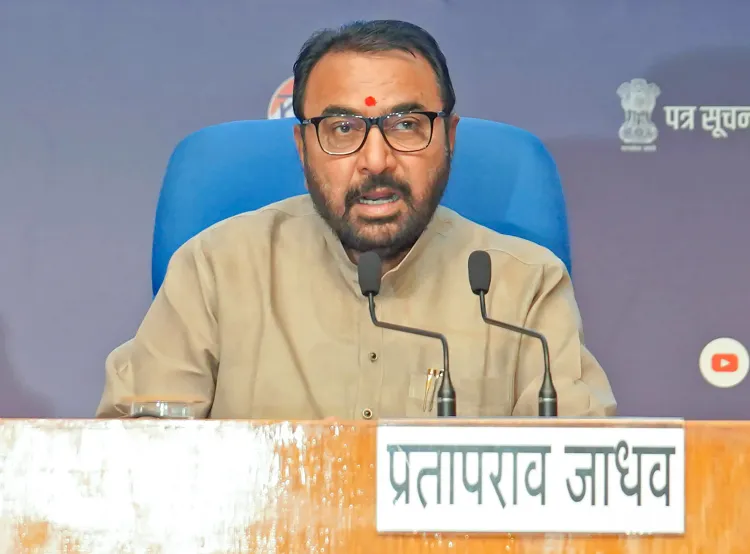
Synopsis
Key Takeaways
- Over Rs 10 crore allocated for zoonotic disease prevention.
- Focus on the Nipah Virus Disease and its management.
- High allocation of Rs 15.73 crore in FY 25.
- Significant outbreak response measures enacted.
- Ongoing surveillance and contact tracing efforts.
New Delhi, Aug 1 (NationPress) The government has disclosed that over Rs 10 crore has been allocated under the National One Health programme aimed at preventing zoonotic diseases during the fiscal year 2024-25. This announcement was made in Parliament on Friday.
In a written statement to the Lok Sabha, Union Minister of State for Health Prataprao Jadhav outlined the funding and expenditures associated with the National One Health Programme for the Prevention and Control of Zoonoses (NOHP-PCZ) over the last five years.
“An allocation of over Rs 15.73 crore was made in FY25, marking the highest amount in the past five years. Out of this, more than Rs 10 crore has already been utilized,” stated Jadhav.
In contrast, for the fiscal year 2023-24, the allocation was over Rs 15.11 crore, with expenditures amounting to Rs 6.6 crore.
The NOHP-PCZ encompasses multiple initiatives designed to bolster prevention, detection, and response strategies for zoonotic diseases in India, including the Nipah Virus Disease (NiV).
“In 2025, three cases of Nipah Virus infection were reported in Malappuram and Palakkad districts of Kerala, leading to the tracing of a total of 677 contacts,” Jadhav added.
The Nipah virus disease is classified as an emerging zoonotic infection caused by the Nipah virus (NiV), primarily affecting pigs and humans. Cases in humans often appear in clusters or outbreaks, particularly among close contacts and caregivers.
The natural reservoir for this virus is thought to be Pteropid fruit bats (flying foxes). Evidence suggests that these fruit bats are crucial in the transmission cycle of the disease, with human infections typically following pathogen spillover from bats to intermediate hosts or humans.
In India, many infections coincide with the period of palm date sap collection. This connection has led to recurring Nipah cases in certain regions,” stated the Minister.
Nipah outbreaks have previously been reported in India, notably in West Bengal in 2001 and 2007, as well as in Kerala in 2018, 2019, 2021, 2023, 2024, and now 2025 as noted by the Minister.
To manage the Nipah outbreaks, the government has initiated various control measures, including enhancing surveillance systems, establishing a National Joint Outbreak Response Team (NJORT), and conducting whole genome sequencing on clinical specimens from all confirmed cases, among other strategies.


